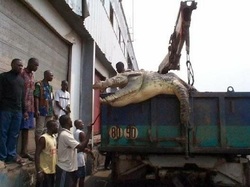
I tend to fall for internet hoaxes with appalling regularity (which, by the way, is a brand-name I will trademark if I ever market a line of adult diapers), but even I didn't buy this one, when it appeared in the aftermath of Hurricane Katrina in 2005.
Supposedly, this giant crocodile was shot swimming up the flooded streets of New Orleans and was being kept in the freezer of a local hotel. Checking it out on Snopes.com, I learned that this photo had been taken in West Africa, several years previously. Because New Orleans was on so much in everyone's thoughts, it was natural for people to see a group of black men with this crocodile and assume that this was one more in the horrific series of tragedies that New Orleanians had to deal with.
At the time, I used this in a lesson with my classes to teach a timely lesson on media literacy - to be critical consumers of information.
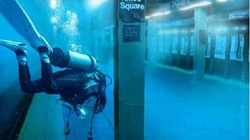
I spent all my class periods yesterday going through four websites that deal with these pictures and discussing the photos with my students. Topics we discussed included:
- Do you think this image is real?
- What makes you suspicious that it might not be?
- How did the people running this website decide if it was real or not?
- Are there multiple shots of the same event from different sources?
- Is the photographer a credible source? (A respected news photographer from the Wall Street Journal, or some anonymous guy with a cellphone?)
- Does the photo play on our fears (particularly of sharks)?
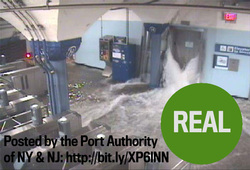
This page shows 30 photos, supposedly from Hurricane Sandy and does a meticulous job of citing their provenance.
I led off with this set of photos, because it set a really good tone for our discussion and got my 7th and 8th graders to use their critical thinking skills.

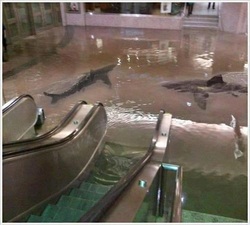
Snopes.com is my go-to source for checking out urban legends, rumors and dubious internet claims. It isn't perfect, but it does a pretty good job of tracking these stories and pictures back to their sources. As usual, they did not disappoint me.
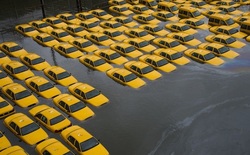
After doing all this critical thinking, my students welcomed the chance to look at verifiably accurate pictures of the storm damage. Power is still out in the town where I teach and most of them hadn't had a chance to see much footage of the storm yet.
Finally, my students were as pleased as I was to see this picture, which I was originally linked to on Twitter with the message, "OH MY GOD! NOW THIS IS HAPPENING!!"
- Discriminate to select the most worthwhile and trustworthy sources
- Draw on the diversity of social studies-related sources, such as auditory and visual sources, such as documents, charts, pictures, architectural works, and music.
- Distinguish between facts, interpretations, and opinions
- Recognize author bias; recognize propaganda
- Test the validity of information by using such criteria as source, objectivity, technical correctness, currency
- Utilize various types of sources such as documents, charts, images, artifacts, and maps
- Cite sources, particularly from the Internet, accurately and completely
- Access relevant and reliable websites
- Judge websites for reliability, bias, and appropriateness
- Draw inferences from factual material
- Compare and contrast credibility of differing accounts of the same event
- Form opinion based on critical examination of relevant information
- Justify interpretation by citing evidence
- Keep informed on issues that affect society
SS:CV:8:3.2: Analyze environmental, economic, and technological developments and their impact on society.
SS:GE:8:2.3: Describe how culture, technology, and experience affect perception of places and regions, e.g., images created by mass media or travel.
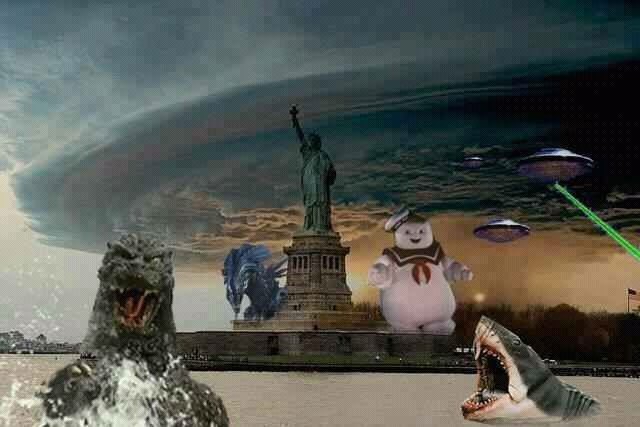
 RSS Feed
RSS Feed